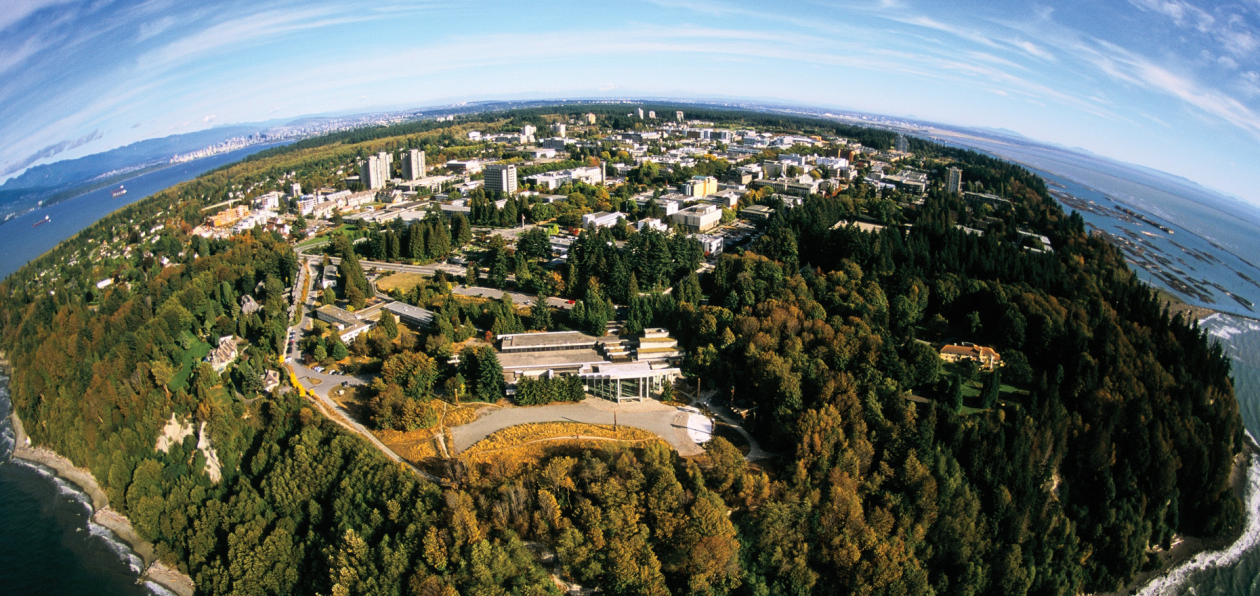The concept of physical literacy will definitely make the practice of assessment much tougher to deliver. One reason is the overall concept of physical literacy is not about winning or losing or who might be faster or stronger or even neccasarily even full completion of a task. Rather its about the child reading their environment, facing the task, multitasking, engaging moving, designing etc etc, thus making it much harder to assess than just seeing which child is the quickest.
However I enjoy the physical literacy model as opposed to the military style phys ed we might have experienced because it engages children on different levels. Now saying this I saw incredible value in the groups rubric because it went far and beyond the form of assessment that we might have received as children. I also enjoyed the game in relation to bat and swing where we were the trees and buckets.

I also enjoy the physical literacy model. Until we started this class, I never gave much thought to the manner in which the physical education model was constructed. Having a background in history, I found it entirely interesting how the model that many of us have grown up with came into use to train soldiers. Competition was ingrained in the curriculum from physical education’s early stages. Like many other aspects of the school curriculum, there is a need for change. The curriculum is stuck in the past and was developed for the needs of a bygone time. Although the old school curriculum may have well done the job of training youth for combat, that is no longer needed or wanted. We hear a lot about the education system being broken, however, it is not. The education system is outdated and in desperate need of a remodeling.